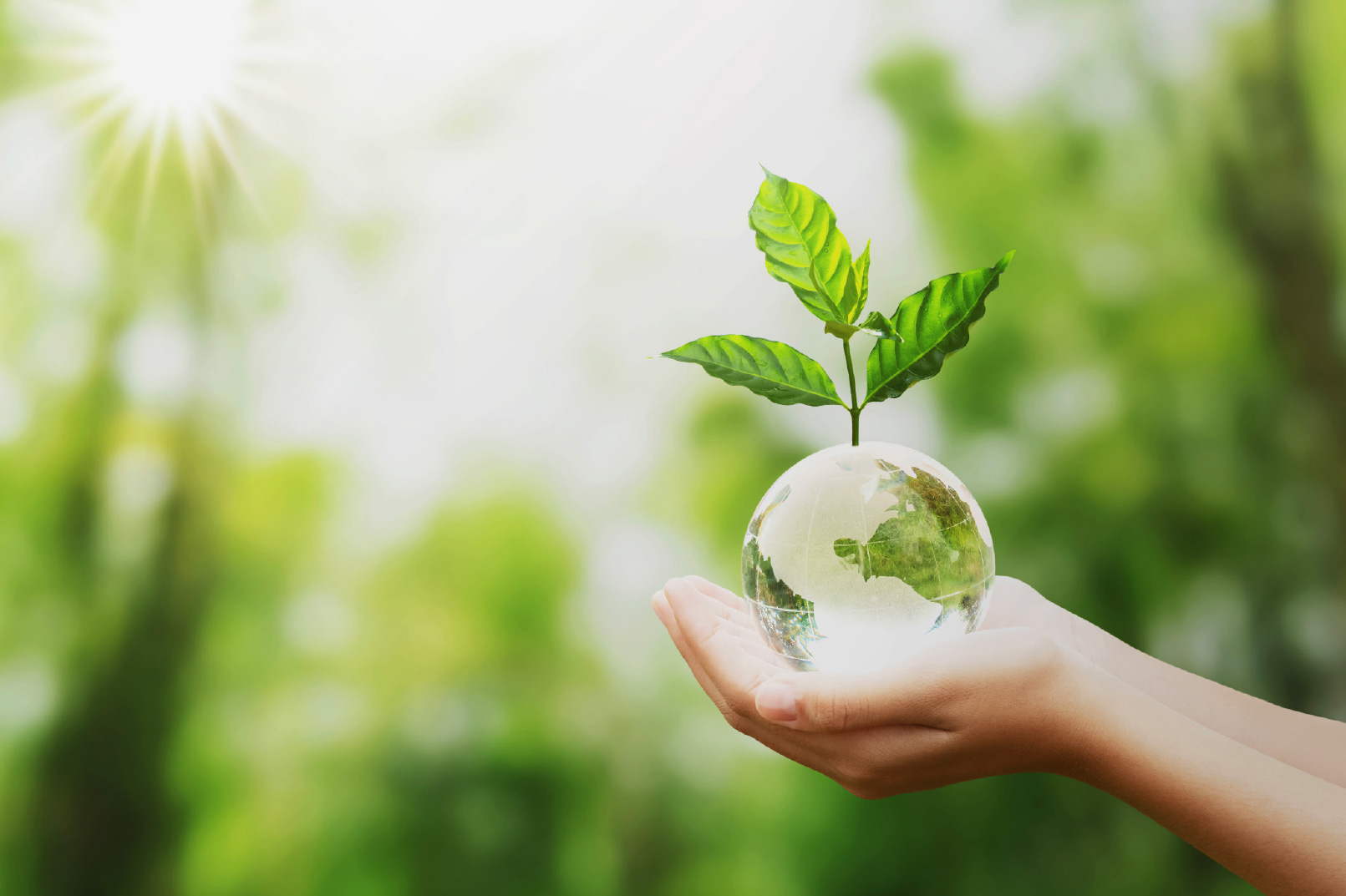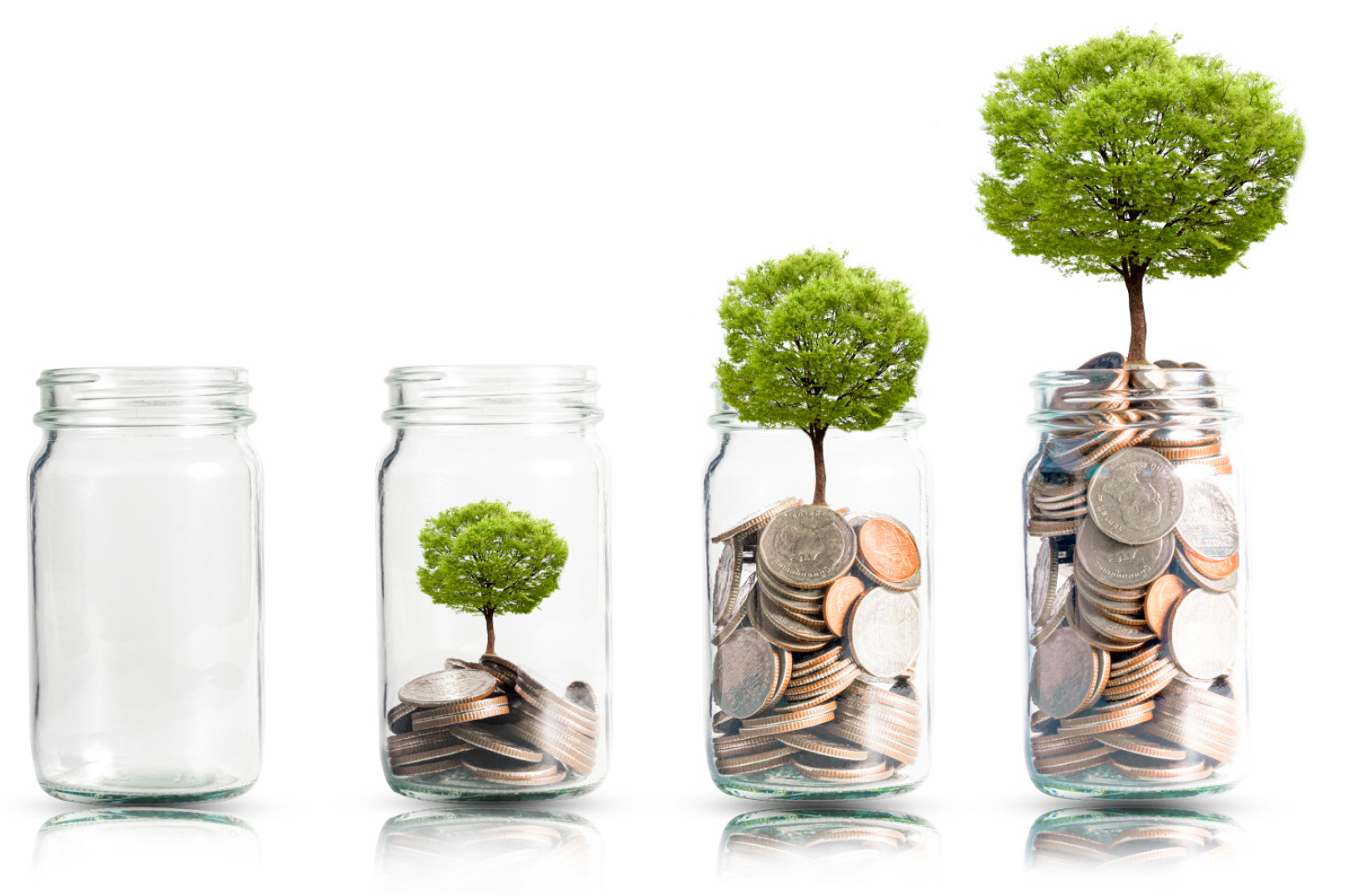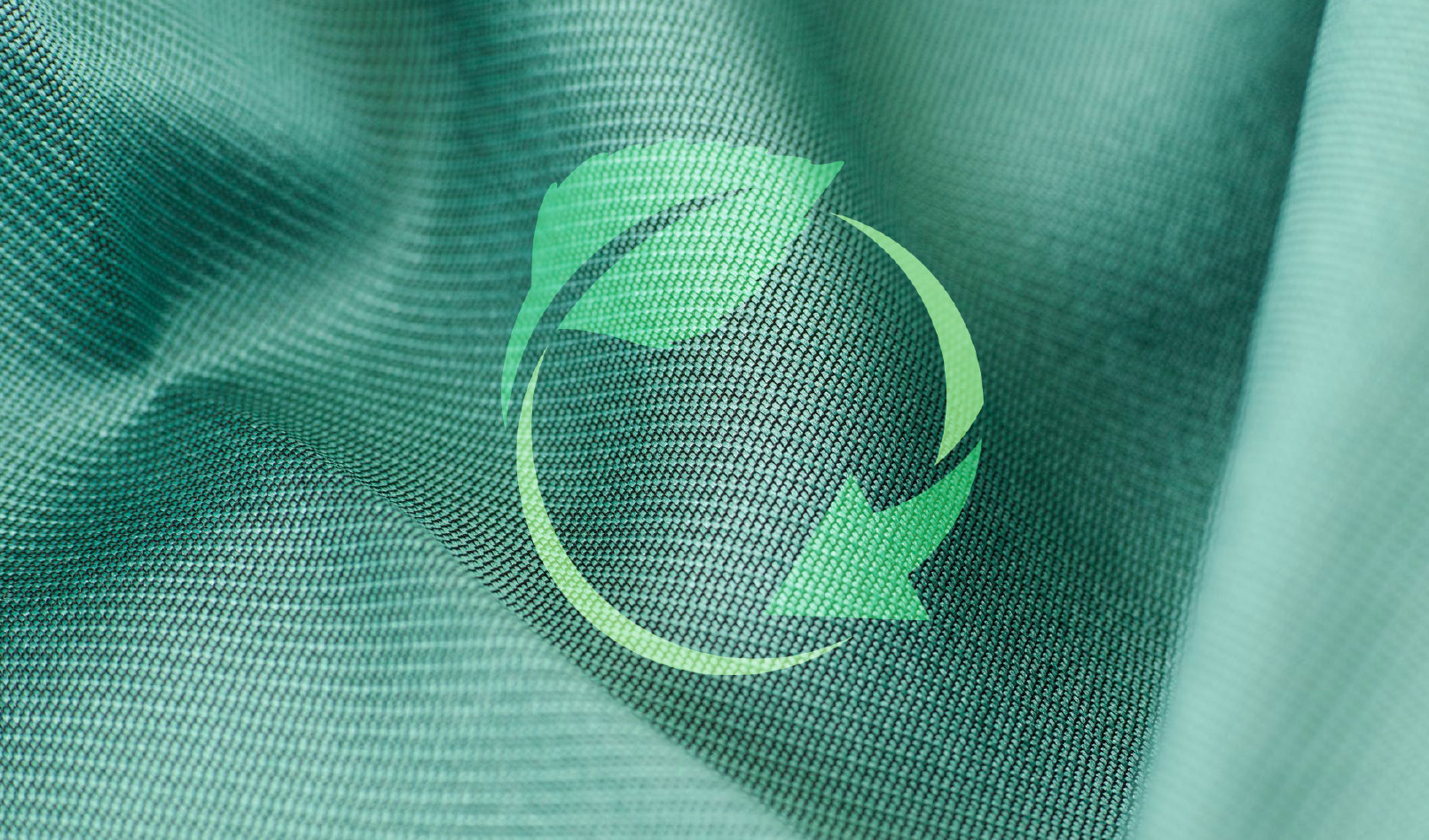
18 Sep Silk is sustainable, and we shall sustain it
We hear, read and talk more and more in our daily life about sustainability in many contexts but, exactly, what does this mean?
A definition of “sustainability”
The concept of sustainable development dates back to 1972 when, during the United Nation Conference held in Stockholm, it was clear how we urgently needed to rethink the role of man on the planet and his responsibilities towards it.
“We got to a point in history where we have to adjust all of our actions towards the whole world, keeping in mind, first and foremost, their consequences on the environment. Due to ignorance or negligence, we can cause huge and irreparable damage to the environment on which our life and wealth depend. Vice versa, by increasing our knowledge and by acting more wisely, we can ensure better life conditions to ourselves and our descendants, in an environment which would be more suitable to human needs and aspirations. There are great chances of bettering environmental conditions and creating a happier life. What is needed is an enthusiastic but calm willingness, together with hard and methodical work. As for man to freely enjoy the benefits deriving from nature, he has to base himself on his knowledge as to create, in full respect and cooperation with nature, a better surrounding. The defense and improvement of the environment for both present and future generations has become, for the whole humanity, a commanding aim, a task which will need full coordination and harmonization of fundamental goals already set for peace and socio-economic development of the whole world.”.

The definition of “sustainable development” as we intend it today appeared for the first time in the Brundtland report titled Our Common Future,from the World Commission on Environment and Development (WCED). We are in 1987 and in those same years of modernization, widespread industrialization and relevant increase in consumption, the first environmental movements arose against pollution and wastes. The Commission, with the new term “sustainable development”, refers to:
“a sort of development able to ensure that it meets the needs of the present without compromising the ability of future generations to meet their own needs”.
Sustainable is, thus, whatever item, resource or activity compatible with the ecosystem: from this perspective, silk is one of the most sustainable materials.
Why silk is sustainable

Silk “sustains” the environment even before its transformation into a yarn: mulberry trees, necessaries for the growth of silkworms, absorb carbon dioxide and emits oxygen all along their lives.
Mulberry plantations contribute to the enrichment of biodiversity and are important as to fight against deforestation of marginal or “harsh” soils thanks to their adaptive capabilities. Moreover, mulberry cultivation does not require the use of pesticide or chemical fertilizers.
Silk produces more oxygen than it absorbs during its transformation processes, reason for which it is the only fiber with a negative GWP value (Global Warming Potential).

Silk “sustains” the economy and mulberry cultivation is a virtuous model of circular economy: this fiber is 100% reusable and its life cycle continues beyond “traditional” articles, allowing the creation of by-products and generating additional value. Garments and wastes derived from processing become raw material useful for other industries and usages than the textile.
In addition, silk “sustains” the social context since, apart from handing down ancient traditions, it still helps keeping important local activities alive, thus helping supporting communities in developing Countries.
Let’s sustain silk
Sericulture is something feasible and sustainable from any perspective, reason for which it is fundamental to support and sustain it; this is not just a simple sentence without meaning, rather an invitation to greater awareness in our choices as to responsible “weave” our future.




Sorry, the comment form is closed at this time.